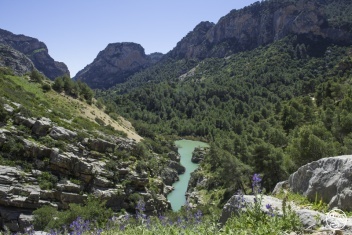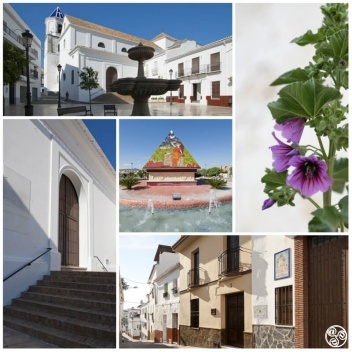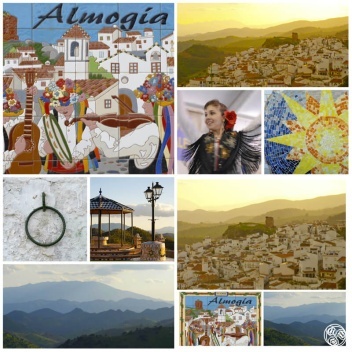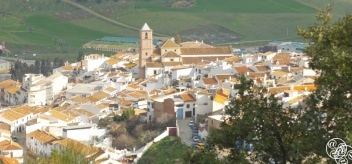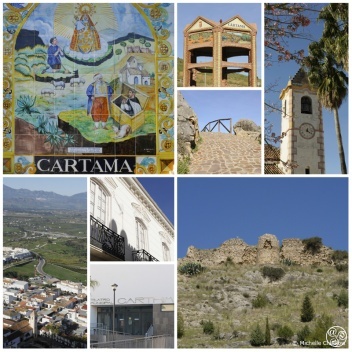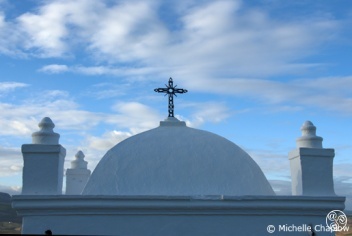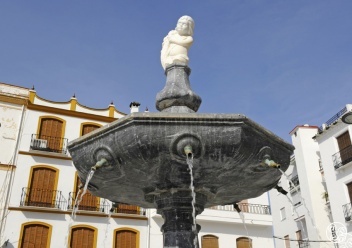Churriana
Churriana is one of the 11 districts of Malaga, in the south-western part of the city. It includes the airport, the beach and coastal area of Guadalmar, and the Sierra de Churriana hills. The Phoenicians called Churriana, Siryana. Until the beginning of the 20th century, this area was a separate town, but today it forms part of the city.
